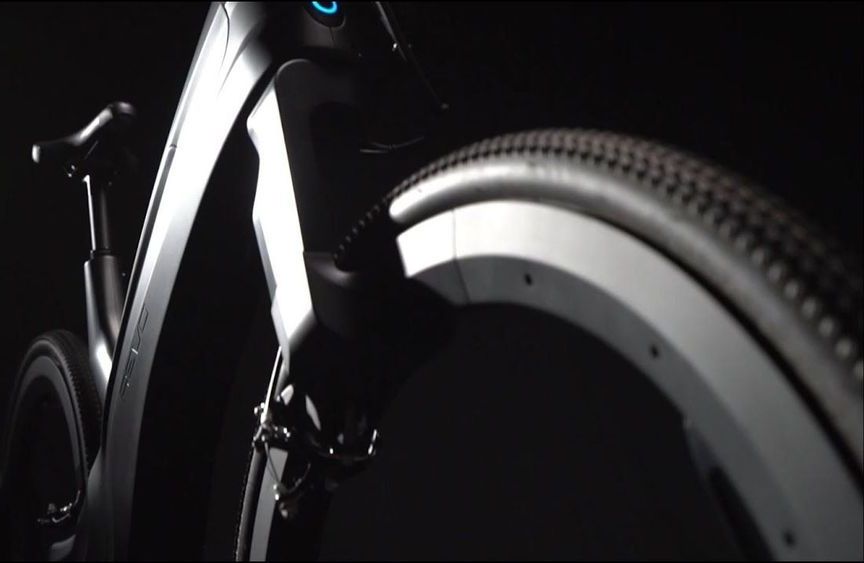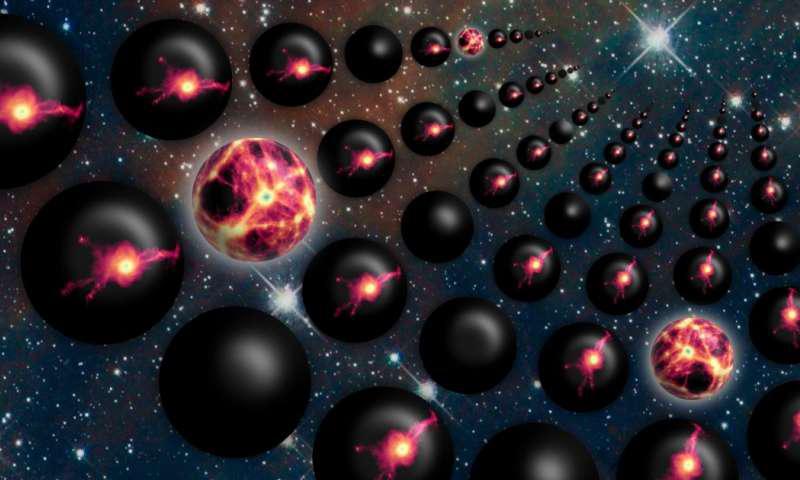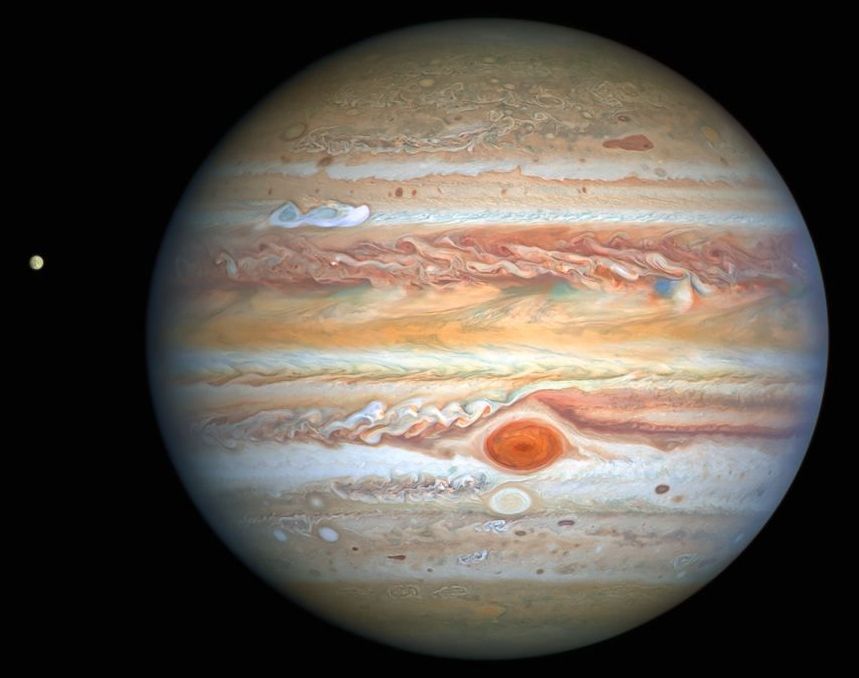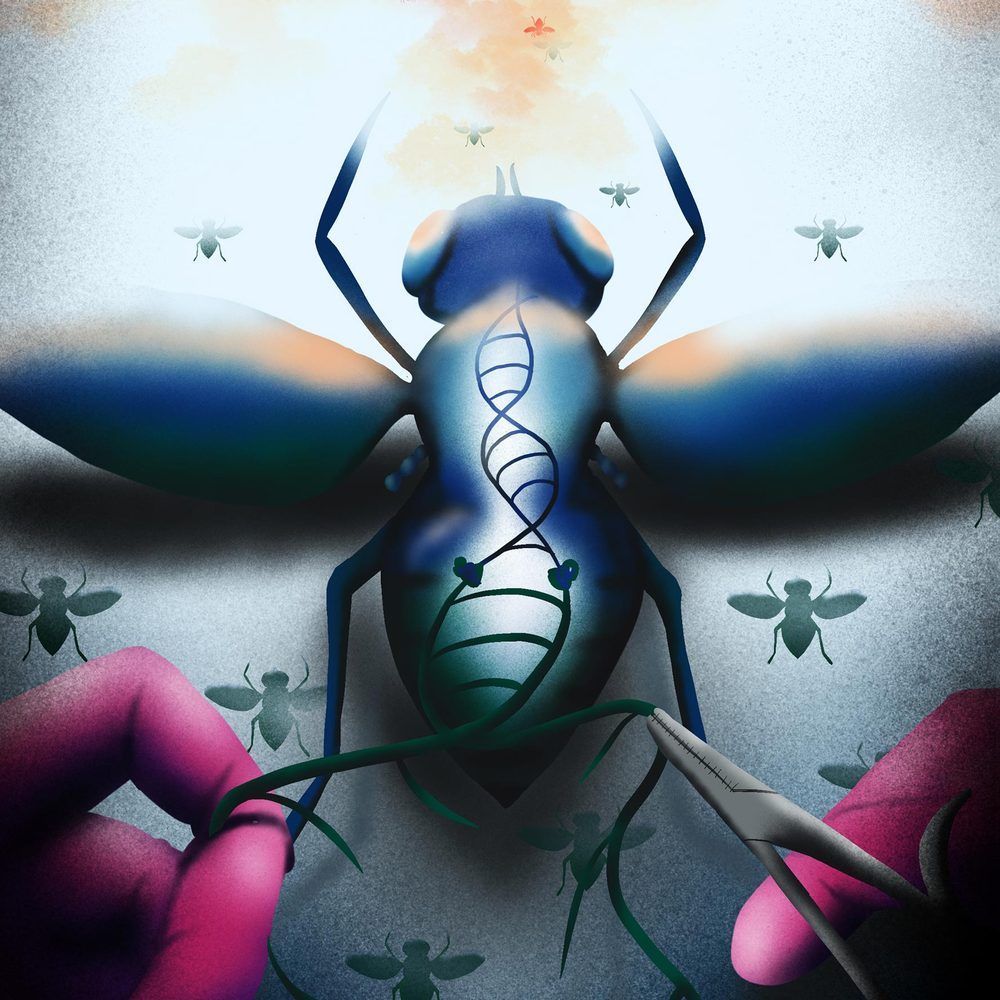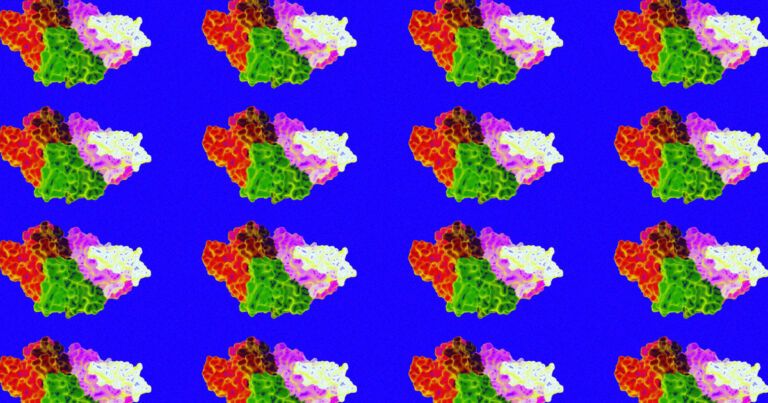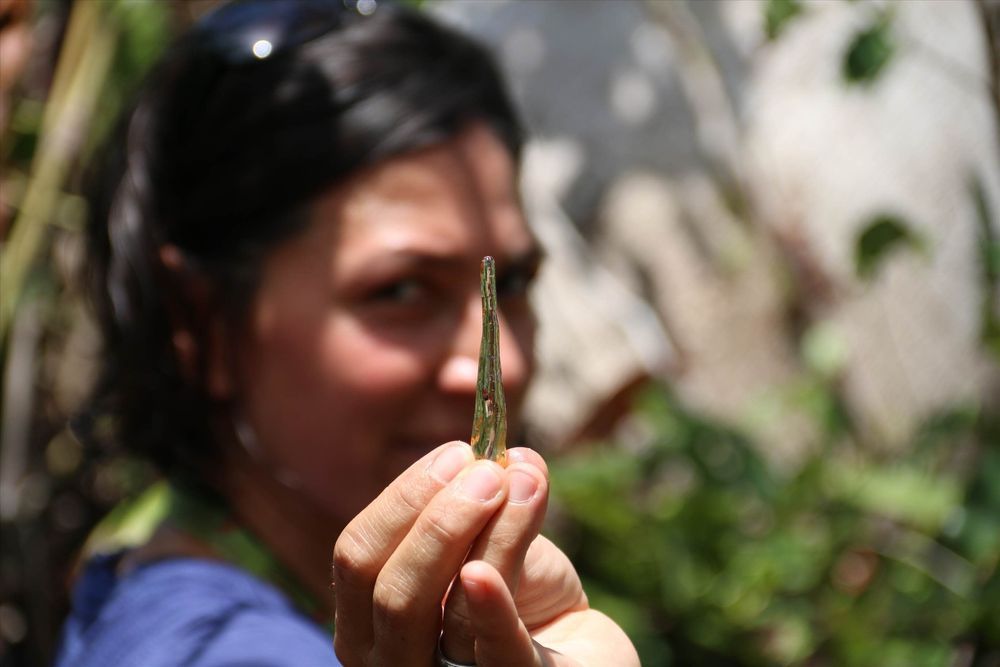
Instead of using a credit card or smartphone to pay for your goods, Amazon wants you to use your hands.
In a blog post, the company unveiled its own palm recognition technology, known as Amazon One. The technology, first rolling out in Amazon’s home market of Seattle, will use people’s palms to identify them and combine that with details of the palm, such as lines and ridges, to build a “palm signature.”
“In most retail environments, Amazon One could become an alternate payment or loyalty card option with a device at the checkout counter next to a traditional point of sale system,” Dilip Kumar, vice president, Amazon Physical Retail, wrote in the post. “Or, for entering a location like a stadium or badging into work, Amazon One could be part of an existing entry point to make accessing the location quicker and easier.”
